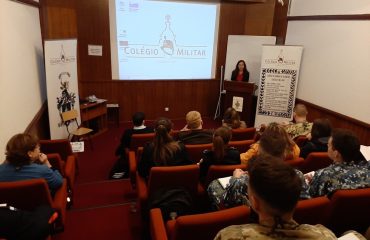
Why attend a PDT course?
Since the adoption of the EU Policy on Training for CSDP in April 2017, it has been mandatory for all staff who will be deployed to CSDP missions and operations to take part in a PDT course and a Hostile Environment Awareness Training (HEAT) course. The PDT course is defined by the ESDC as a ‘final-cut briefing’ complementing national mission preparedness training activities. It provides participants with the latest relevant information, instruments and policies to enable them to effectively contribute, following a short period of integration time, to the implementation of the mission mandate. The PDT course is not a substitute for training provided at national level, which remains the responsibility of Member States, as clearly indicated in the EU Policy on Training for CSDP. However, research by the Centre of Excellence for Civilian Crisis Management has shown that there is a general lack of such preparatory training courses for staff who are to be deployed to CSDP missions and operations. The ESDC therefore offers a reliable fall-back option at EU level by ‘filling the gap’ for Member States that do not provide training at national level. The PDT course is also open to contract staff who are not catered for by Member States and to seconded staff who are sent to Brussels for a ‘final-cut briefing’.Why has the PDT course become successful?
Over the last seven years, the PDT course has found general acceptance among seconding and contracting authorities as part of the mission preparedness process. The characteristics listed below have been key to its success.- Predictability: The course dates are known a year in advance and courses are offered at monthly intervals, timed to coincide with the recruitment cycle of contract staff. This allows seconding and recruiting authorities to plan in advance.
- Availability: The course dates are systematically communicated to national seconding authorities, the human resources department of the CPCC headquarters in Brussels and the human resources departments of CSDP missions and operations. They are also published on Schoolmaster and ENLIST.
- Reliability: The course curriculum is developed in close alignment with the CSDP and in close cooperation with the EEAS, and is regularly revised and adapted to the latest developments, including outside the regular revision cycle if necessary.




